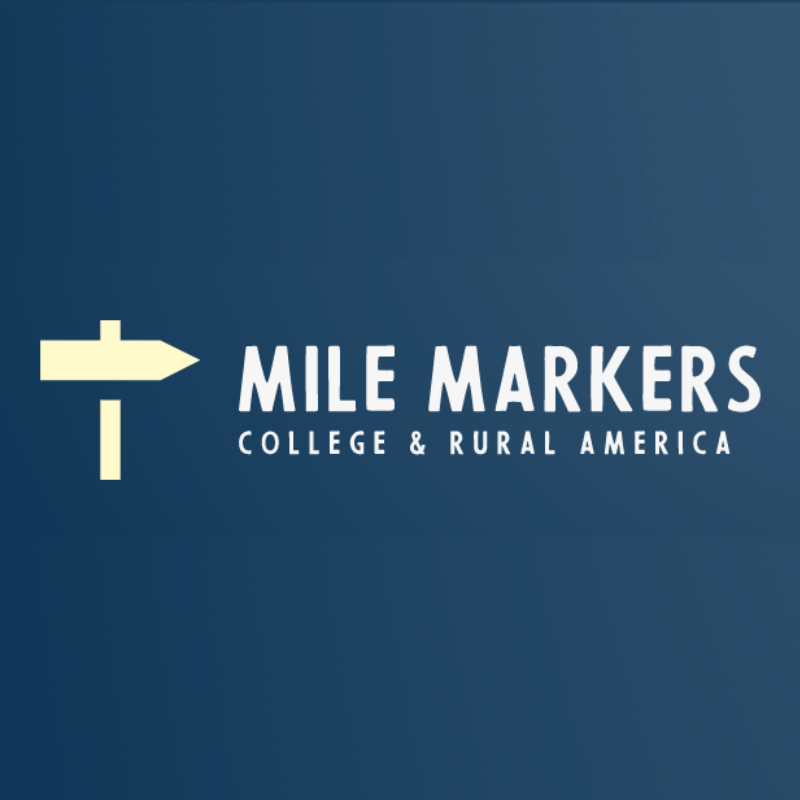by Nick Fouriezos / Open Campus, The Daily Yonder
June 21, 2022
Editor’s Note: A version of this story first appeared in Mile Markers, a twice monthly newsletter from Open Campus about the role of colleges in rural America. You can join the mailing list at the bottom of this article to receive future editions in your inbox.
So often we focus on what doesn’t work for rural students, and how those obstacles limit their higher ed opportunities.
However, there are also lessons to be gleaned from what does work — in places like Fowler, a tiny Colorado town with surprisingly high college attendance rates from its lone 110-person high school.
Jason Gonzales, an Open Campus local reporter with Chalkbeat Colorado, recently visited Fowler to find out what has helped them create an appreciation for college in the 1,150-person community.
In 2018, 21 of its 25 graduates went to college. In 2019, 26 of 32 did. And while the pandemic did hamper many rural students’ postsecondary plans, the school still saw a healthy 14 of 23 graduates enroll in college in 2020.
Unlike, say, a Breckenridge or Vail, this isn’t the case of a rural Colorado resort town with significantly wealthier residents: About half the college-going Fowler students qualified for a Pell Grant or other federal funds indicating financial need.
Industry isn’t a sole driver for their degrees, either. Agriculture dominates the economy, with farms and ranches that dot either side of the Arkansas River, while the nearby correctional facility and the local bank and market offer other jobs.
Though some of those jobs increasingly require a degree, many do not, which suggests industry needs aren’t the sole driver for their college attendance.
Still, a majority of Fowler graduates are attending college. That stands out, considering fewer than half of rural Colorado’s high school graduates go to college (a figure about 5 percentage points below the state average).

Counselors and Community Ethos
Jason has been working on a series of stories looking at uneven outcomes across Colorado, from Hispanic males to, now, rural students.
He was intentional in picking Fowler, focusing on the Eastern Plains community rather than other college success stories in the state’s ritzier rural spaces. And for Gonzales, it was important to spotlight what a rural Colorado community can have to offer even if it doesn’t have the advantage of tourism.
“I think rural Colorado is often talked about from sort of a deficit: the things that they don’t have,” Gonzales said, but “if you look at the numbers, you see that there are some who are able to do really great work with their students to get them wherever they want to be.”
The Eastern Plains does face challenges that many rural regions share, including a lack of proximity to essential services or a nearby 4-year university.
But one of its strengths is a community ethos of college-going, Gonzales says. In 1916, Mathias Hermes created a scholarship to help Fowler students cover college living expenses — and the $100/month scholarship is still awarded to two recipients a century later.
It’s not uncommon in rural areas for counselors to see individual case loads of 500 or more students. Some in Colorado have never even attended college themselves, Gonzales says, possibly limiting the advice they can give students.
His story really underscores the difference a good advisor can make, and I plan on writing more about the ways rural colleges and high schools are using counselors, coaches, and other guidance professionals.
If you have any thoughts, please don’t hesitate to send me an email.

This article first appeared in Mile Markers, a twice monthly newsletter from Open Campus about the role of colleges in rural America. Join the mailing list today to have future editions delivered to your inbox.
https://www.getrevue.co/profile/milemarkers
This article first appeared on The Daily Yonder and is republished here under a Creative Commons license.![]()


